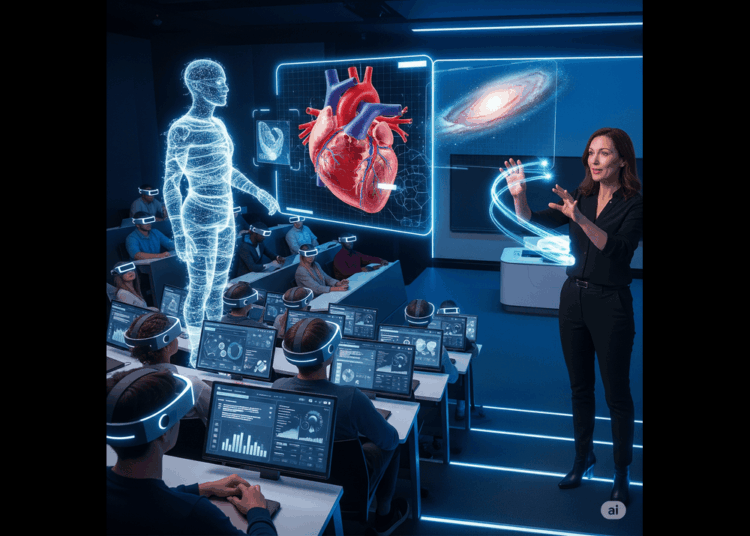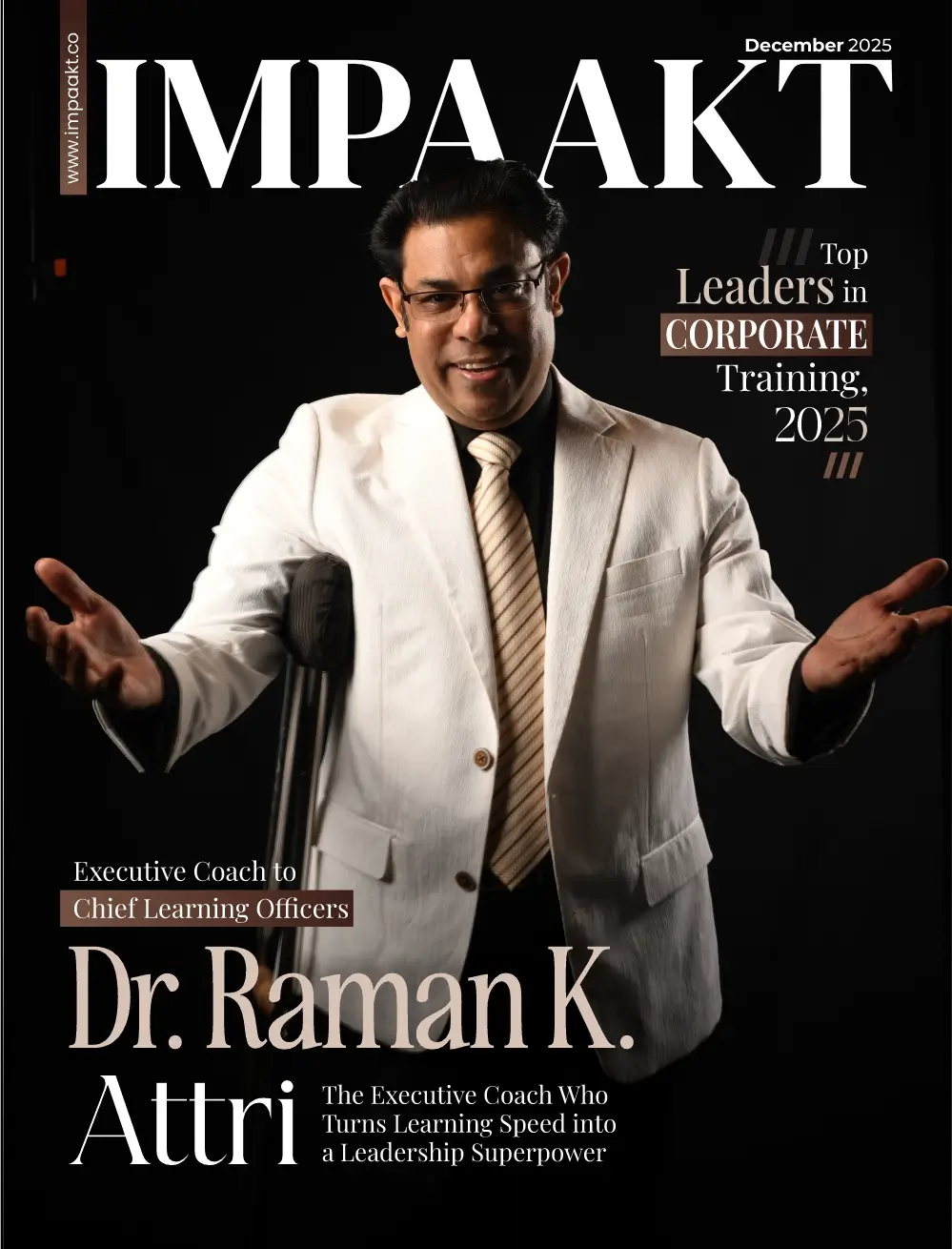Introduction
In 2025, Academic Innovation is driving a profound shift in higher education. Institutions worldwide are leveraging AI in education, hybrid learning models, generative AI, microcredentials, and convergence research to transform learning, research, and access. This article explores the most dynamic Academic Innovation trends reshaping campuses and classrooms globally.
1. AI and Generative AI Transforming Learning
Academic Innovation now centres on AI in education and generative AI, enabling personalized learning at scale. With AI-powered personalized learning platforms, universities tailor course content, pacing, and support based on student performance. Global guidelines on responsible integration emphasize ethical use and academic integrity.
2. Hybrid Learning and Inclusive Access
Hybrid learning—a blend of in-person and digital instruction—is a key pillar of Academic Innovation. It broadens access and boosts flexibility. Educational institutions are integrating virtual classrooms, AR/VR tools, and online labs to support diverse learning needs . Personalized pathways and AR-based immersive experiences highlight the merging of academic innovation and inclusive design .
3. Microcredentials and Lifelong Learning
As part of Academic Innovation, microcredentials and lifelong learning models are gaining traction. These short, focused credentials align with workforce needs, support upskilling, and improve employability . Institutions are partnering with industry to offer stackable credentials and accelerated career‑aligned programs.
4. Convergence Research and Interdisciplinary Innovation
Academic Innovation increasingly embraces convergence research, where scholars collaborate across disciplines to solve complex societal challenges . Open innovation and quadruple/quintuple helix frameworks connect academia with industry, government, public and environment for broader impact .
5. Responsible Research and Ethical Frameworks
To ensure integrity and social impact, Academic Innovation embeds frameworks like Responsible Research and Innovation (RRI). These stress ethical considerations, public engagement, gender equality, and environmental sustainability in academic practice . Institutions also develop clear policies on AI usage to balance innovation with academic standards .
6. Data‑Driven Innovation and Institutional Transformation
Leaders in higher education are investing in academic innovation units and data-driven strategies. A recent survey found over 22 % of innovation units launched in just the past four years, with staffing growing from 6 to 30 professionals on average . Universities now harness analytics for retention, curriculum design, and operational scalability under data-driven innovation frameworks .
7. Challenges and Future Directions
Academic Innovation faces hurdles—equity gaps in AI access, institutional inertia, outdated infrastructure, and concerns over scholarly commercialization. Institutions that adopt strategic policies, modernize technology ecosystems, and cultivate a culture of experimentation are best positioned to thrive.
Conclusion
In 2025, Academic Innovation is no longer optional—it’s essential. From AI and AR to hybrid formats, microcredentials, convergence research, and ethical frameworks, universities are redefining the academic landscape. Institutions embracing these trends can elevate student outcomes, societal impact, and global relevance.
Explore more on how Innovation in Academics is transforming higher education—visit IMPAAKT, the top business magazine covering academic and innovation leadership.












